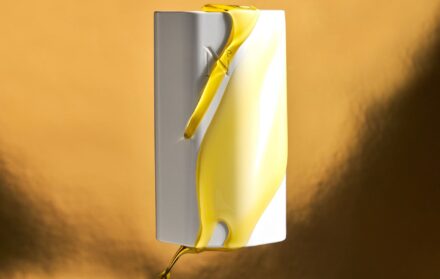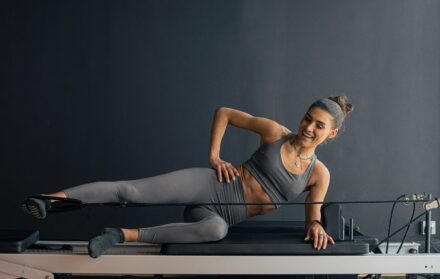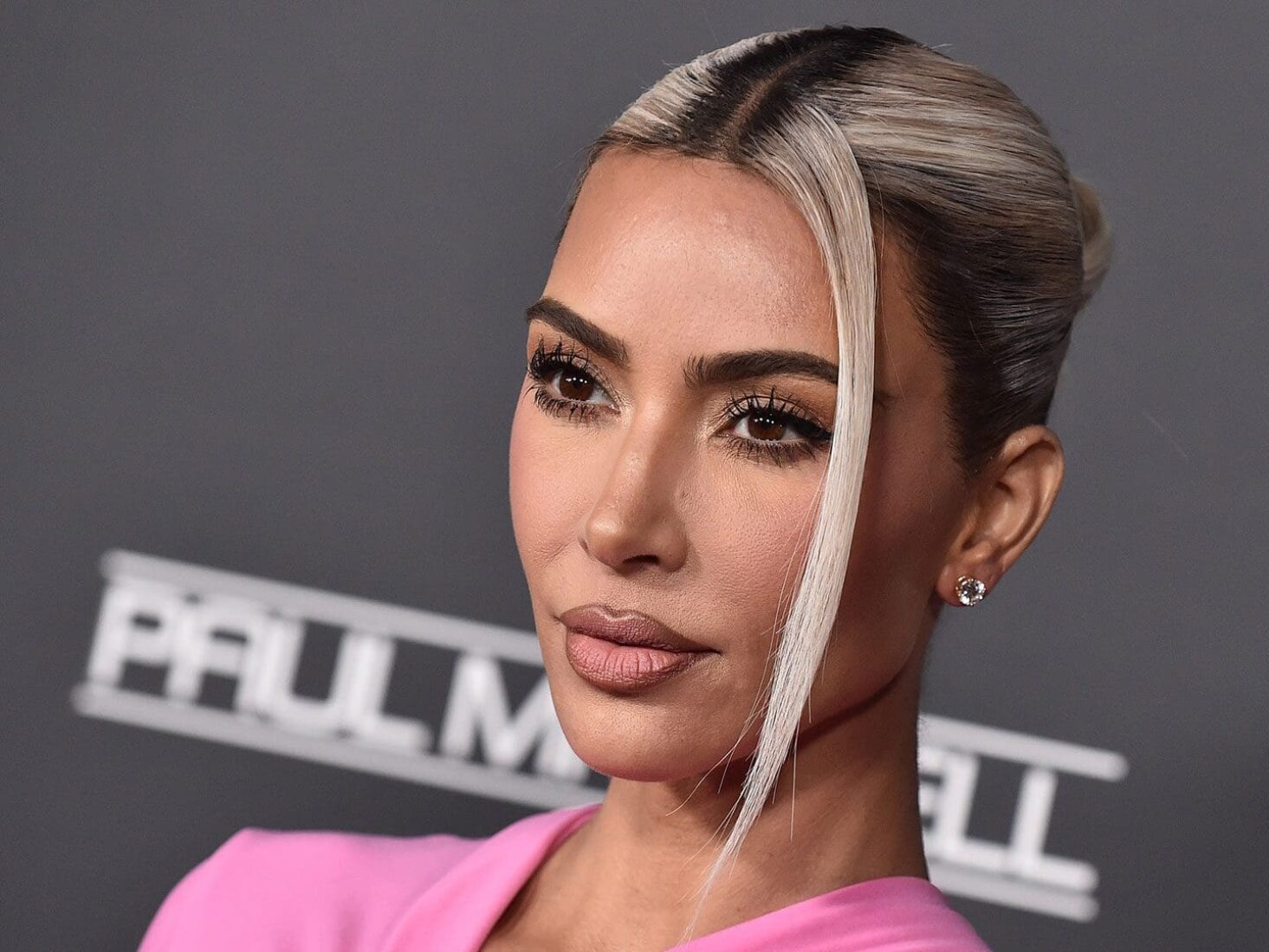
Buccal fat and butterfly lips: Cosmetic procedures are on the rise, but at what cost?
While aesthetic treatments aren’t intrinsically bad, a dizzying cycle of toxic trends may be damaging the mental health of young people
At the end of last year, actress and singer Lea Michele posted a selfie in which her facial bone structure looked incredibly chiselled. The internet was suddenly awash with a term I’d previously been blissfully unaware of: buccal fat. This is the fat that resides between your cheekbone and jaw and, evidently, we should have less of it.
The suddenness with which buccal fat removal became a ‘thing’ signals a wider trend. As the frontier of cosmetic medicine expands, such fad treatments are becoming more common. SaveFace, a register for non-surgical cosmetic practitioners, reported a 40 per cent increase in traffic between March and September 2020. Cosmetic procedures increased by 54 per cent in the US in 2021.
According to London’s Harley Clinic, the most popular procedures in 2022 were ‘facial enhancements’ like rhinoplasty and face/neck lifts. Then, it was breast augmentations and ‘body contouring’, such as liposuction and tummy tucks. These have been around for years – but recently myriad new procedures, many of which are less invasive and therefore more accessible, have bombarded the market.
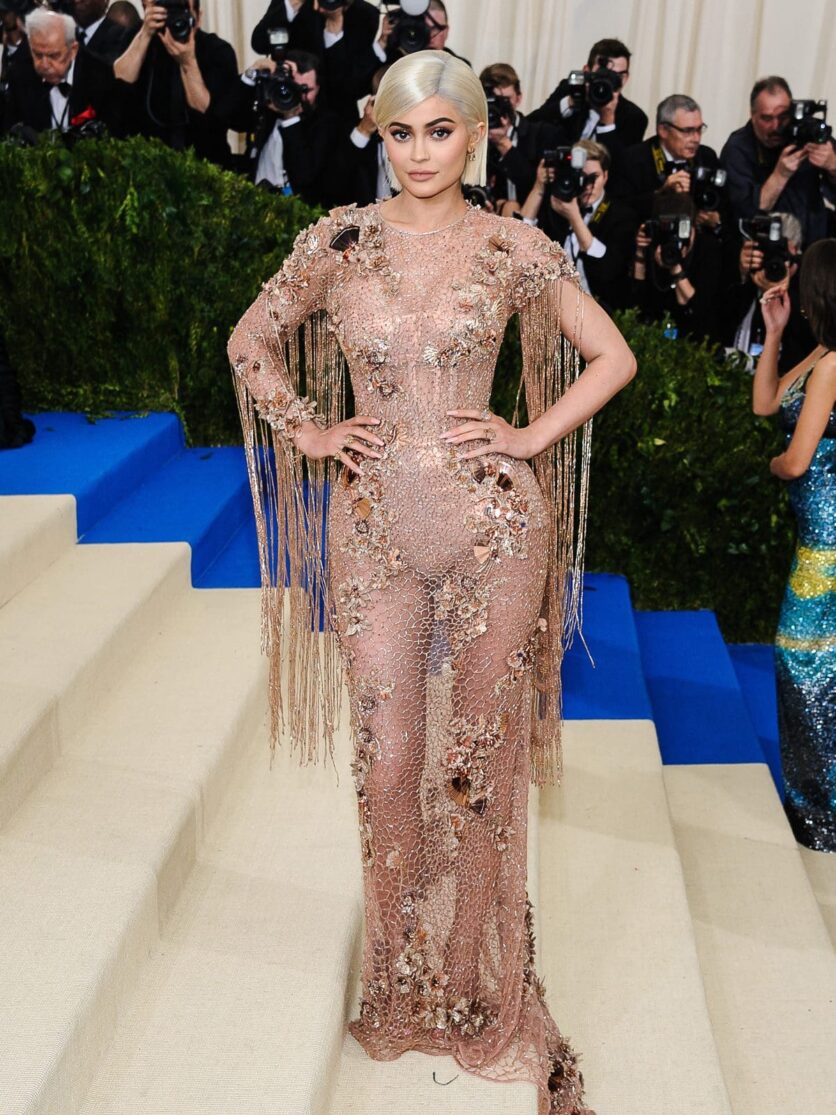
TikTok videos dedicated to buccal fat removal received 252 million views in the wake of Michele’s selfie, but the biggest winner of the last few years has been dermal filler. Botox, which a decade ago was easy to dismiss as the preserve of the wealthy and vain, is now as commonplace as getting your hair dyed. Kylie Jenner became the poster child for lip fillers after admitting to getting them in 2015; the internet is now littered with ‘before and after’ images of her admittedly transformed lips.
It isn’t only faces that people are inflating, but bodies, too. In 2021, the Brazilian butt lift, or BBL – where fat is removed from various parts of the body and injected into the buttocks – was the fastest-growing cosmetic procedure in the world. Celebrities such as Cardi B and NeNe Leakes have admitted to getting BBLs, while Kim and Khloe Kardashian are widely rumoured to have had the procedure, despite denying claims.
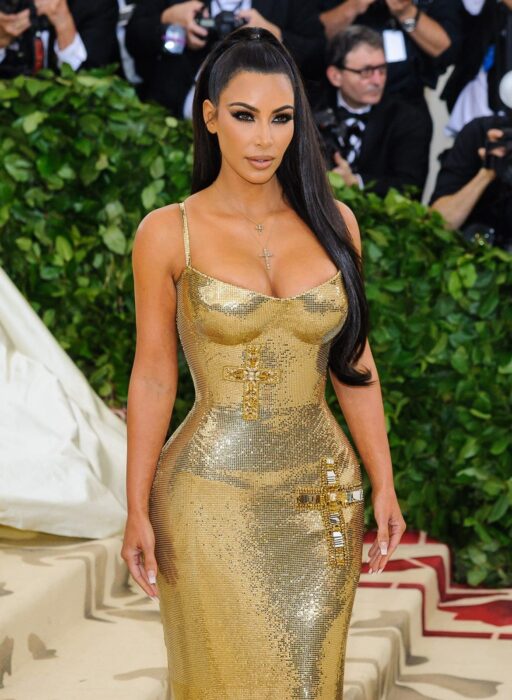
Kim Kardashian attends the 2018 Met Gala. Image: Shutterstock/Sky Cinema
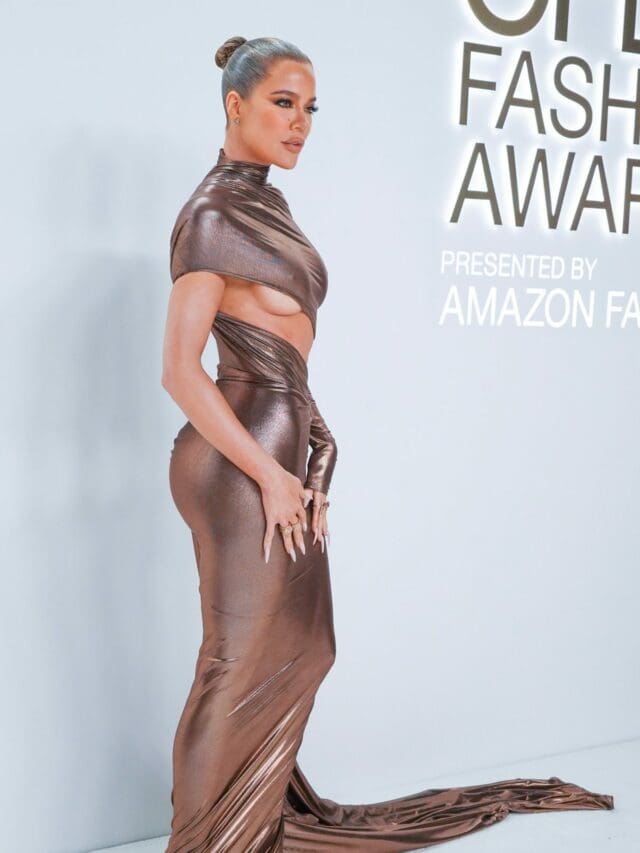
Khloe Kardashian attends CFDA Fashion Awards 2022. Image: Shutterstock/lev radin
Then, just as quickly as devotees began putting in fillers, they started taking them back out. As ‘Y2K’ fashion resurged, Kim and Khloe slimmed down dramatically – especially in the bum department. The world soon followed suit, pulling the rug from under countless women who had paid to emulate the sisters’ voluptuous appearances. A few months ago, Kate Moss’ younger half-sister, Lottie, took to Instagram to reveal she’d had all her lip filler dissolved. Shortly before that American model Blac Chyna also posted a video showing her getting filler removed from her cheeks, jawline, and lips, explaining: “Enough is enough. It all has to come out. Back to the baseline. Honestly, I’m just tired of the look, and it’s just not flattering.”
As the pendulum swings back towards a more ‘natural’ look, another trend that has seen an uptick is ‘tweakments’. This refers to a number of subtle treatments designed to create an overall improved appearance, but without obviously having had work done. Laser skin rejuvenation, Morpheus8 and microneedling replace facelifts. CoolSculpting, or cryolipolysis, freezes fat which the body then flushes out via the lymphatic system, and is touted as a non-invasive alternative to liposuction.
And, while this might seem like a healthier approach to cosmetic procedures, the whiplash-like speed with which these treatments rise and fall in popularity is dizzying. TikTok has emerged as a breeding ground for obscure micro-trends that then take on a life of their own. Think ‘butterfly lips’ (applying filler for an ultra-lifted Cupid’s bow, as undertaken by Lauren Goodger and Katie Price) and the ‘fox eye lift’ (inserting biodegradable threads under the skin to lift the eyebrows). From ‘glazed donut skin’ to ‘DIY dimples’, the latest aesthetic ‘thing’ for people to aspire to shifts weekly.
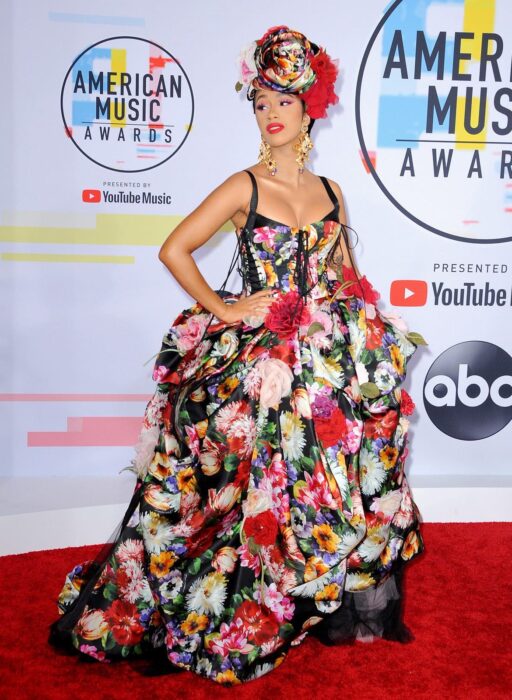
Cardi B at the 2018 American Music Awards. Image: Shutterstock/Tinseltown
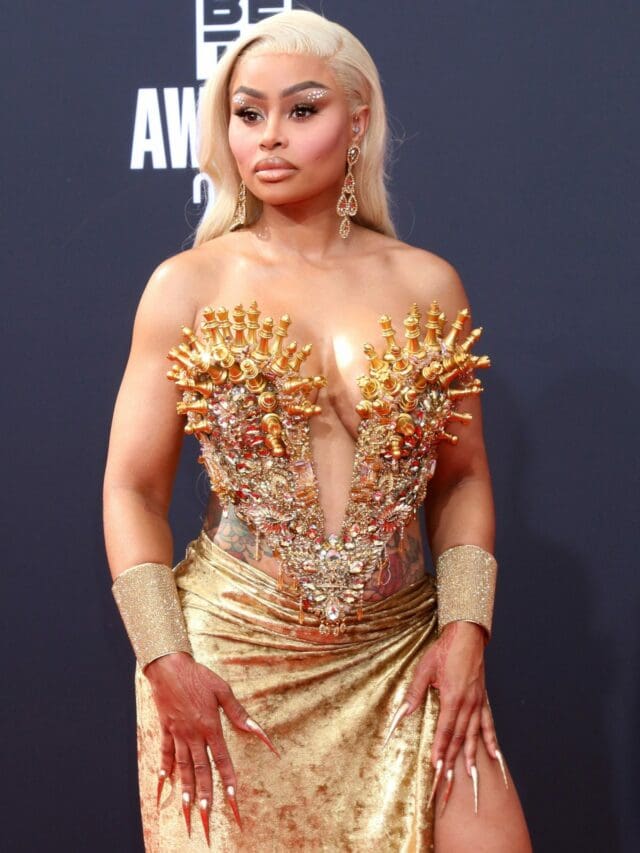
Blac Chyna at the 2022 BET Awards. Image: Shutterstock/Kathy Hutchins
Despite the bewildering variety of trends, they all lead back to one homogenous, slightly cyborgian look that has been dubbed ‘Instagram face’ – the full-lipped, small-nosed, doe-eyed, blemish-free avatar that we’ll all, tweakment by tweakment, end up resembling if the beauty industrial complex gets its way.
Why are cosmetic treatments becoming so ubiquitous? The pandemic didn’t help. Many reported ‘Zoom dysphoria’ – becoming increasingly dissatisfied with their appearance as a result of scrutinising themselves on video calls day after day. Further, not going out for months on end resulted in some saving money, while working from home meant that they didn’t have to take time off to recover from the treatment they could finally afford.
Social media and celebrity culture have a lot to answer for when it comes to the popularisation of cosmetic procedures. Thanks to Facetune and filters, people are able to put out a false impression of what they look like, meaning that we’re all comparing ourselves to a standard that literally does not exist. Again, the Kardashians are culprits here, having been caught out posting images that contain telltale signs of Photoshop faux pas.
These softwares also create a disquieting scenario whereby you’re given a little preview into the ‘idealised’ you – it’s still you, under that filter, but with a more sculpted face, a higher brow, plumper lips. And maybe, just maybe, you could look like that in real life, if you just dot dot dot.
Because popular culture and social media generally attract the young, it is this demographic that is getting hit hardest. Sure enough, in 2017 the average age of women undergoing cosmetic surgery dropped below 40 for the first time.
Why is this so disturbing? After all, everyone is entitled to their bodily autonomy, and there's nothing wrong with a bit of Botox to boost your confidence, or finally dealing with that insecurity you’ve always had. Hell, I’ll probably get a tweakment or two in future – by that point, to abstain will probably be considered terribly quaint.
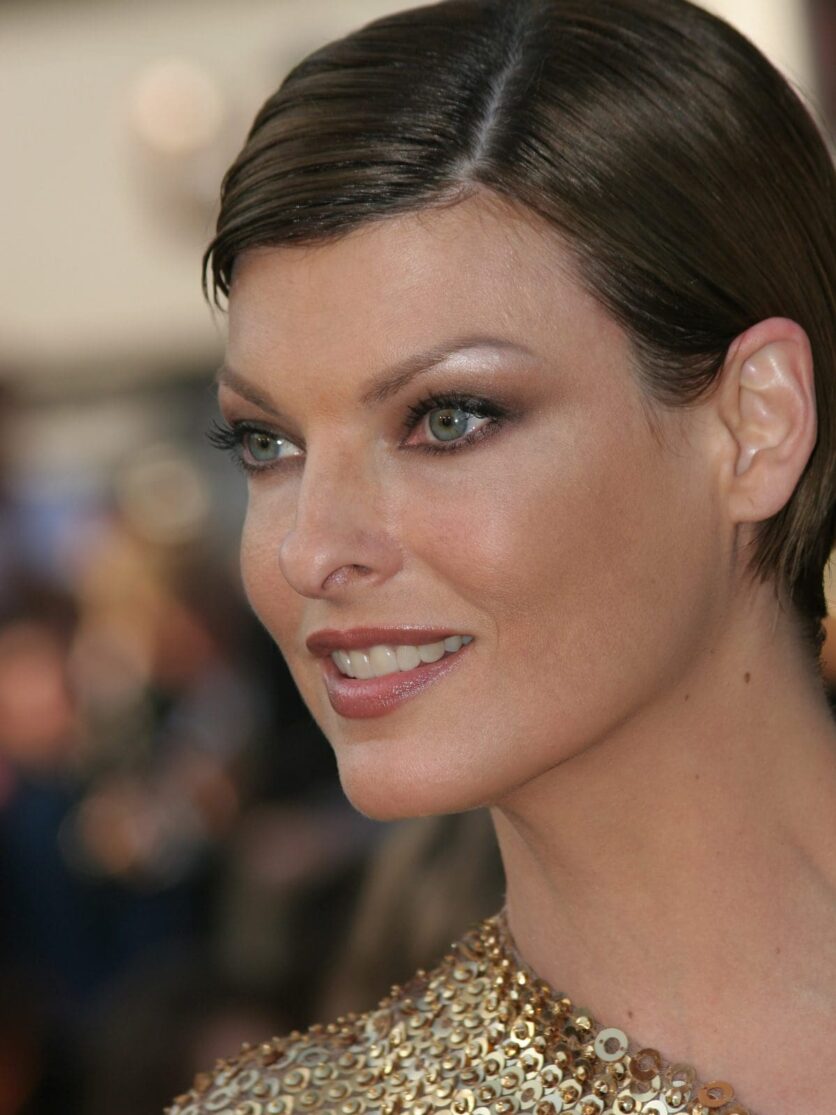
What is worrying is the pressure that women are put under to conform to arbitrary and ever-changing beauty standards, to the end of selling an endless cycle of expensive and occasionally risky procedures.
There are often side effects or downsides to these treatments. Overuse of Botox can lead to muscle weakening, causing the opposite of the desired effect over time (which then requires more Botox to correct, and so on). Fillers ‘migrate’, and need dissolving and reinjecting. We naturally lose fat and collagen as we age, so removing your buccal fat can leave a hollow appearance later in life – in fact, a procedure to reinsert the fat also exists (and if this doesn’t illustrate the futility of chasing beauty trends then I don’t know what does).
But risks can go beyond the headache of maintenance. Canadian model Linda Evangelista recently settled a lawsuit with CoolSculping marketer Zeltiq after she claimed the procedure left her ‘permanently deformed’. In 2017, the Aesthetic Surgery Journal published a study that revealed three per cent of the 692 surgeons surveyed had experienced the death of a patient after performing BBL surgery. The estimated death rate from fat embolism may be as high as one in 3,000, making it the world’s most dangerous cosmetic procedure. With demand for cosmetic treatments so high, there are thousands of unregulated and underqualified practitioners operating at cut prices, and botched procedures are common.
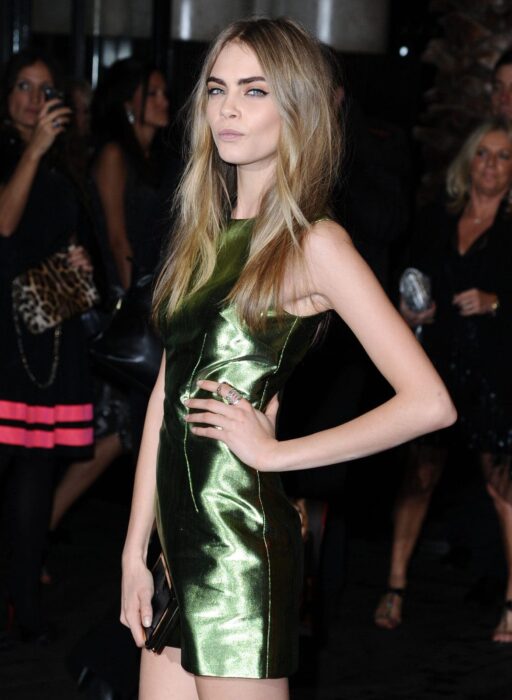
Cara Delavigne at the British Fashion Awards in 2012. Image: Shutterstock/Featureflash Photo Agency
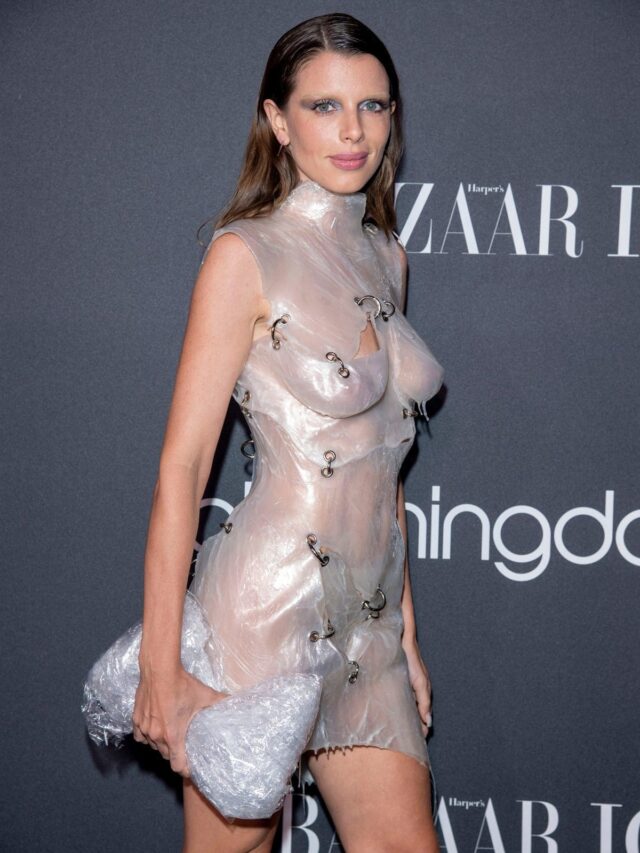
Julia Fox at Bloomingdale's 150th Anniversary in 2022. Image: Shutterstock/Ron Adar
More generally, however, the ephemerality of beauty trends renders the whole thing an unwinnable game. The goalposts are ever-changing, calling for a vicious cycle of nit-picking, self-criticism and second-guessing.
In the past few decades, the beauty standard for women has veered from size zero to voluptuous. ‘Does my bum look big in this?’ women of the noughties would fret as they poured over Twitter accounts dedicated to Cara Delevingne’s thigh gap. Now, it would be considered an insult to say ‘no’ – judging by my Instagram algorithm, that is, which bombards me with Russian split squat tutorials at every opportunity. Delevingne also convinced us to draw on huge, bushy eyebrows, before Bella Hadid decided that razor-thin was back, and Julia Fox decreed we should bleach them and be done with it.
In countries like Mauritania, obesity is traditionally regarded as desirable, and girls are force-fed in a practice called leblouh. The Mursi women of Ethiopia are famous for their enormous lip plates, which are considered a symbol of beauty. Foot-binding, designed to change the shape and size of girls’ feet, went on in China for centuries.
My point being, beauty standards are cruelly subjective and attempting to keep up with them is a fool’s errand. The carousel will never stop turning, so, at a certain point, the best thing may be to simply get off.



